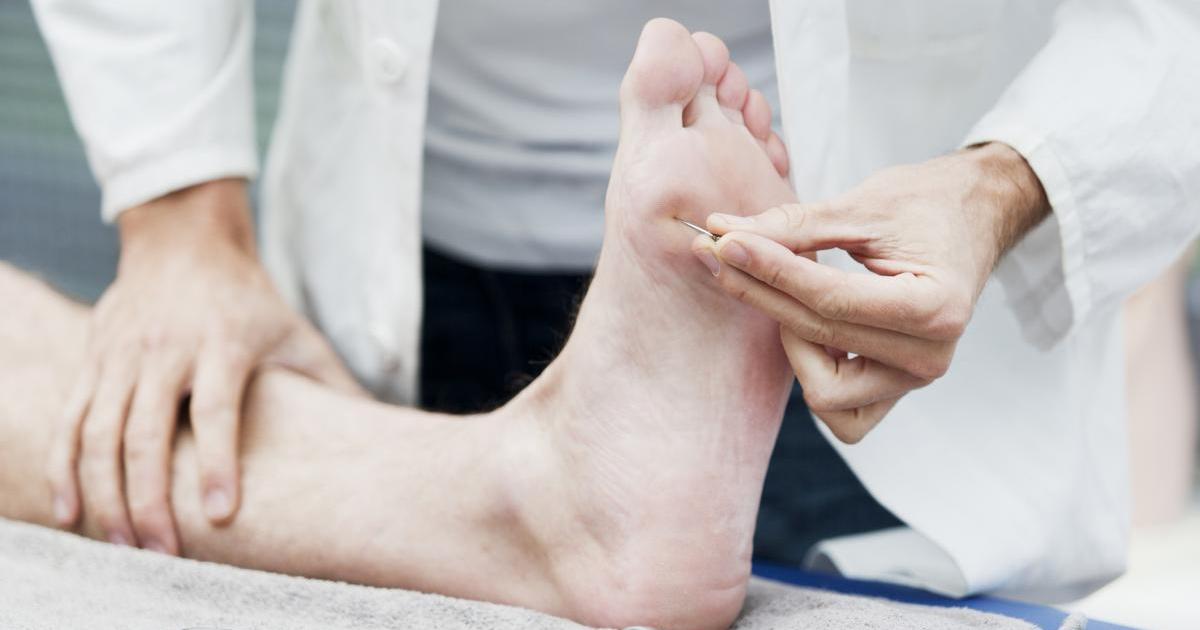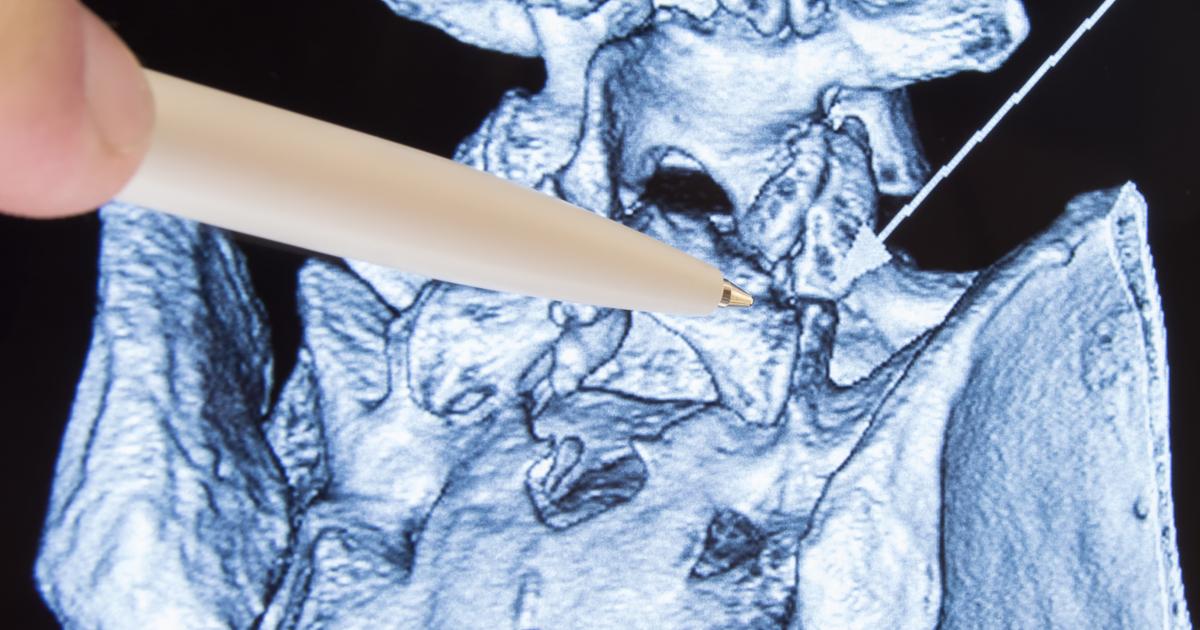What Causes Pins And Needles?
Pins and needles (paresthesia) are terms used to describe a sensation of prickling, skin crawling, tingling, itching, or burning that may come on suddenly or develop gradually. This feeling occurs in healthy individuals when they sit in a position for an extended period that places pressure on the nerves that supply sensation to the limb. This sensation has often been described as a limb that has fallen asleep. This feeling occurs when the sensory nerve impulses do not transmit correctly from one nerve to the next, resulting in a disruption of that impulse pathway to and from the brain. While this sensation is a normal occurrence in healthy individuals when it is caused by an external force, someone who experiences it chronically or without an obvious cause may have an underlying condition.
Neuropathy

Individuals with neuropathy may experience paresthesia as a manifestation of their nerve condition. Neuropathy is an umbrella term used to describe any condition that interferes with the healthy activity of the peripheral nervous system nerves. An individual's spinal cord and brain are connected to the rest of the body by the nerve network called the peripheral nervous system. Neuropathy can be inherited, or it can be acquired through trauma, systemic disease, vascular disorders, alcoholism, infections, medications, vitamin imbalances, diabetes, and other autoimmune disorders. One or more of these factors can cause damage or death the nerve cells responsible for sending and receiving messages from the brain with information relating to the senses or sensory nerves. In neuropathy, the brain may receive only partial or no signals because the nerve damage is disrupting or distorting the transmission of signals to and from the sensory nerves. This absent or partial transmission causes the patient to experience the pins and needles sensation.
Read more about the causes of pins and needles in the legs now.
Radiculopathy

Radiculopathy is a condition characterized by the adverse effects of a compressed nerve root located within an individual's spine. Nerves in the extremities converge together as their path moves closer to the spine. The nerves eventually all meet along the spinal cord. The spinal cord runs through the series of bones that make up the spine or vertebrae. The vertebrae each have holes that allow the large nerve roots to run out of the spinal cord and to the rest of the body that are called foramina. When these roots that attach to the spinal cord become damaged or pinched, the patient has radiculopathy. Damage to the nerve roots results in swelling and inflammation that takes up space in the holes of the vertebrae. This mechanism often results in the compression of these nerve roots and their blood supply. Vertebrae, intervertebral disc, and tendon size or position changes can also cause the nerve roots to become compressed in the foramina. This compression results in the disruption of nerve transmissions to and from the brain that causes paresthesia.
Continue reading to reveal more causes of pins and needles now.
